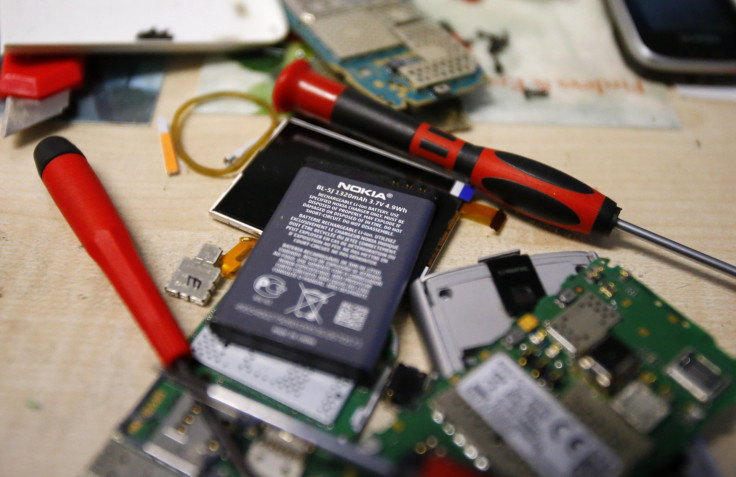Reason Behind The Explosion Of Smartphone Batteries Revealed In New Study

Scientists conducted a new study that helped them track the entire processes that happen within a lithium-ion battery. These processes are important to understand the causes behind the overheating of the battery, which in turn causes an explosion.
Scientists state in their findings, published in Nature Communications, that an understanding of how the Li-ion batteries fail and cause a dangerous chain reaction is of high significance in the development of new safer designs. The designs they intend to create would ensure safety during day-to-day use and during its transportation.
First author Donal Finegan from University College London explained the process involved in understanding the causes behind overheating. He stated that a combination of high energy synchrotron X-rays and thermal imaging were used to observe and map the changes that occurred internally and externally of the two types of Li-ion batteries. The changes were measured as the batteries were exposed to high temperatures. The press release states that the team analysed the effects of gas pockets forming, venting and increasing temperatures on the layers inside two distinct commercial Li-ion batteries.
It was seen that at high temperatures the copper material inside the cell melted, which pointed towards high temperatures of up to 1,000 degree Celsius. This is then transferred to the external part of the batteries and it causes thermal runaway. The internal support of the battery remains undamaged until the initiation of thermal runaway.
It was found that those batteries that did not contain any internal support collapsed, causing short circuit due to the high temperature causing a chain reaction. The contents of the battery ejected and the cap of the battery detached as a consequence of the explosion. Corresponding author Paul Shearing, also from UCL stated that keeping this in mind the design of the safety features of batteries could be developed and improved.
For comments/questions regarding the article, you may email the writer at samrichardson.ibtimes@gmail.com.





















